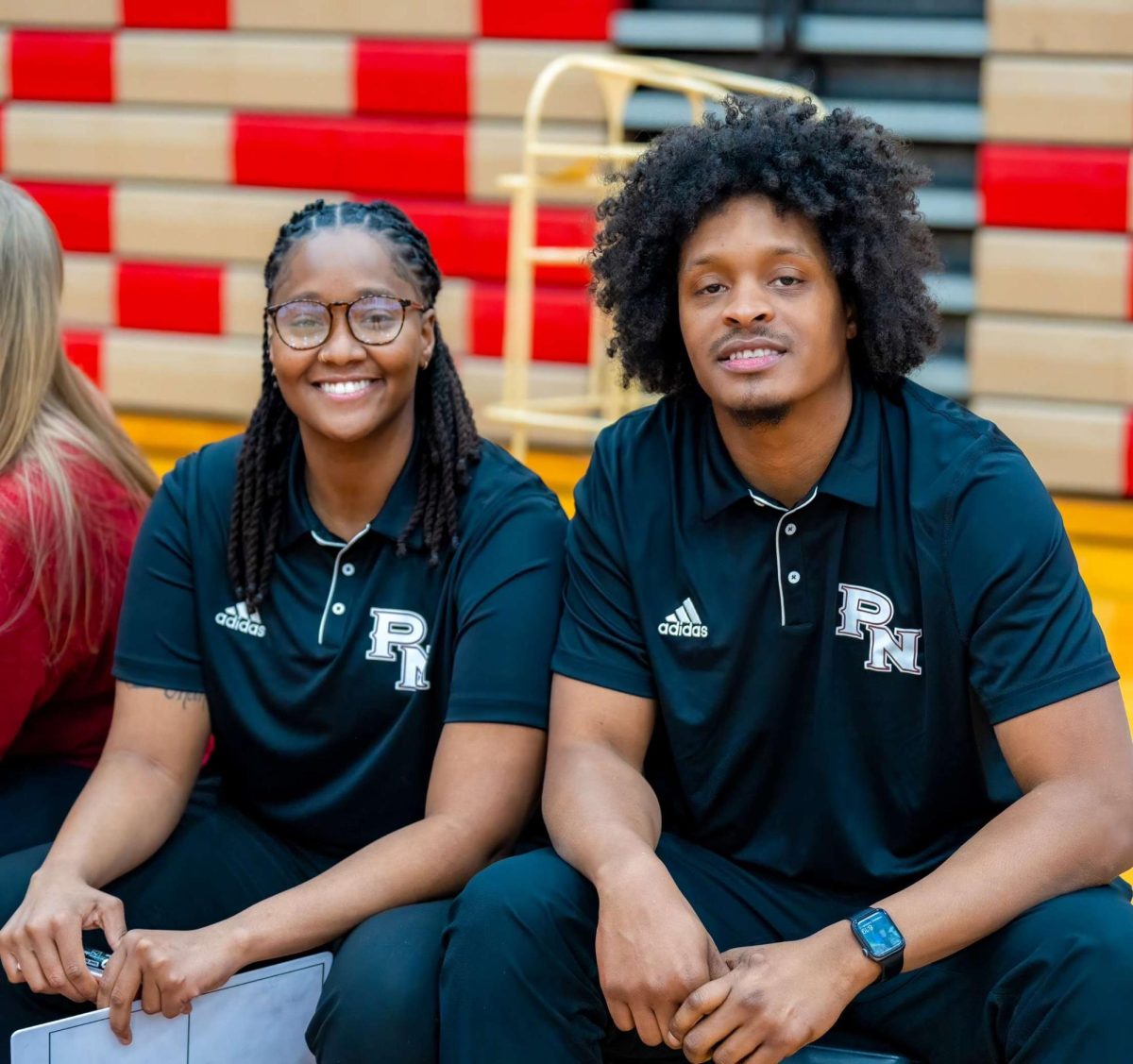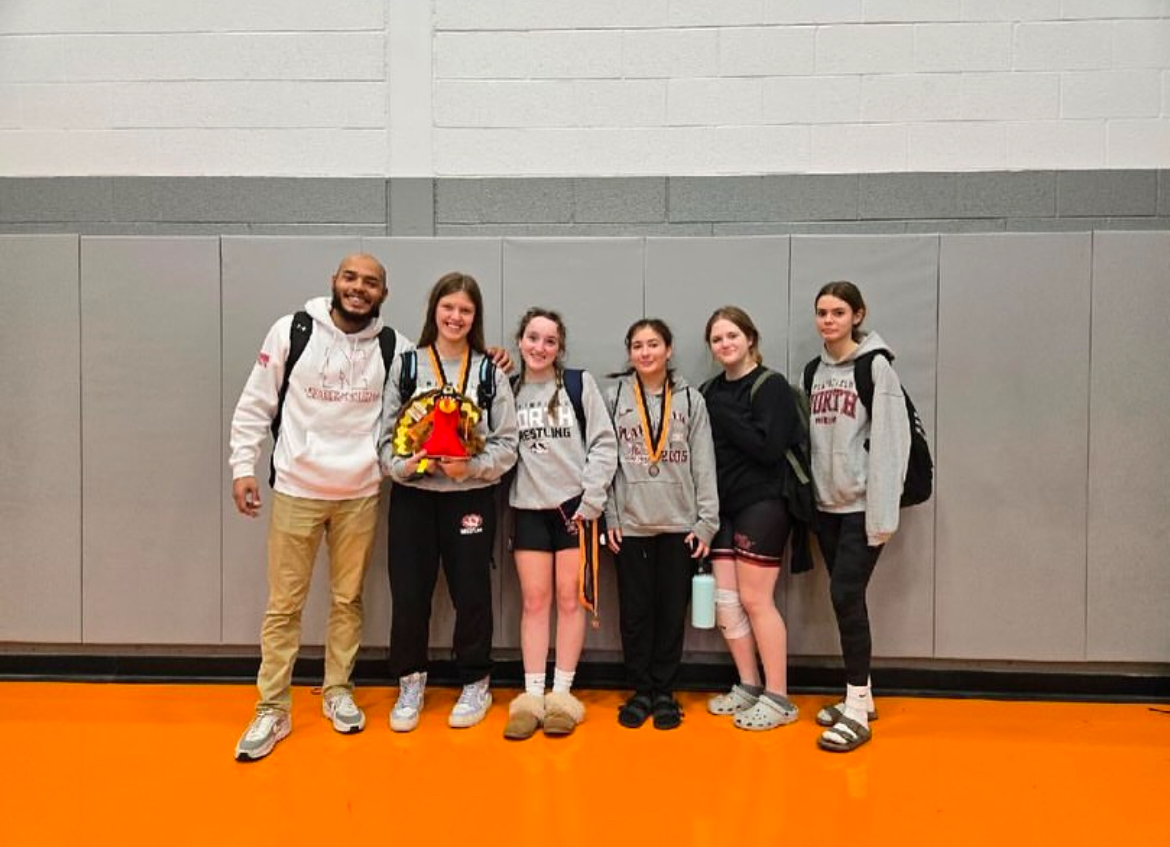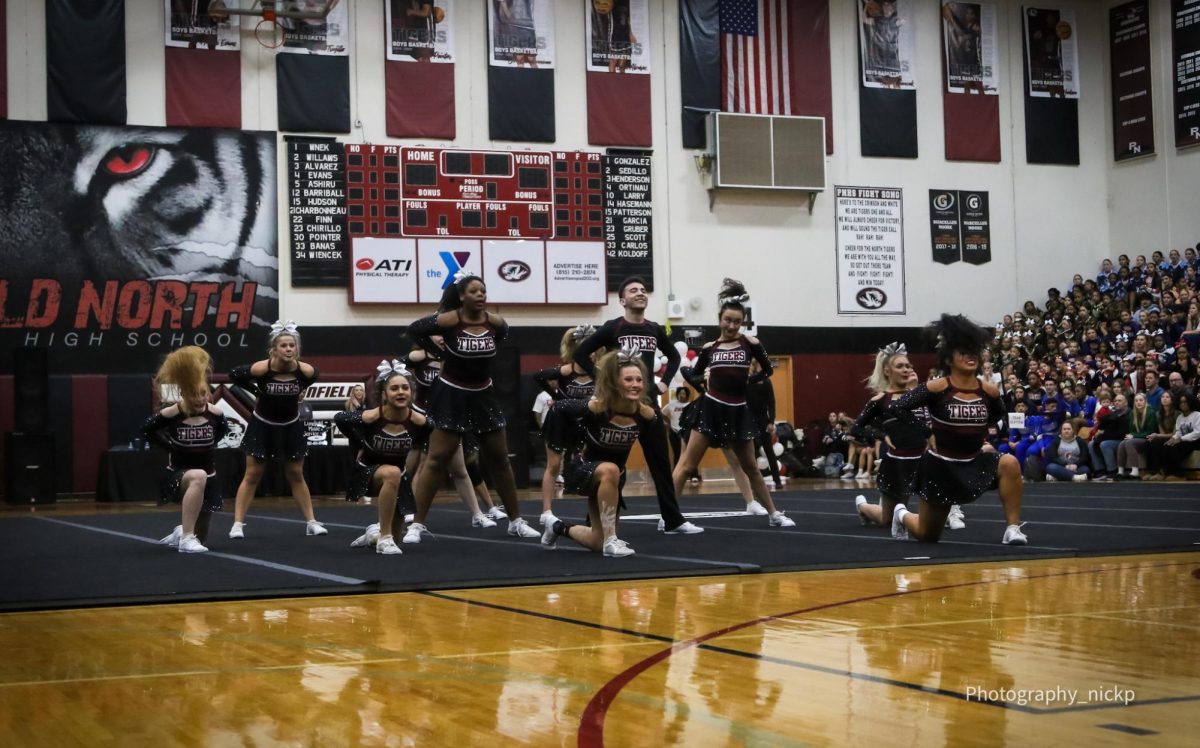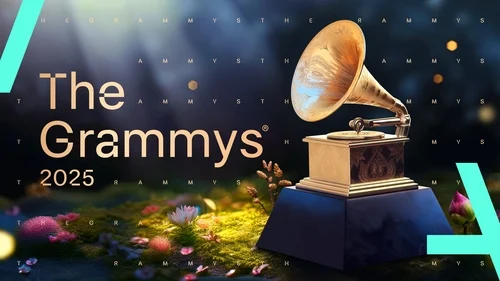Beauty standards vary across world, cultures
October 23, 2015
“Make me look beautiful”. At twenty-four years old, sending four words to forty people in twenty-five countries created an unbelievably telling example of the shifting beauty ideals of across cultures.
Journalist Esther Honig of Kansas City, Missouri shared the resulting images on her website to illustrate the results that come of Photoshop’s image enhancing tools which pave the way for unattainable standards of beauty across the world.
While working with a diverse pool of freelance journalists Honig conceived the idea of Before & After, after having a revelation which she shared with Buzzfeed, “It immediately occurred to me that in this pool of workers, each individual likely had an aesthetic preference particular to their own culture.”
In America, Hollywood Western beauty has integrated implants, dieting, hair extensions, Botox, and much more within their ideal.
Newsweek reports that 43% of Americans ages six to nine years old are already using lipstick or lip-gloss, 38% use hairstyling products, and 12% use other cosmetic products.
While America may seem “extreme” to some after viewing the results of her submissions Honig said, “Seeing some jobs for the first time made me shriek… Other times images, like the one from Morocco, took my breath away because they were far more insightful than I could have expected.”
In examining beauty standards around the world it becomes apparent that some features and alterations that may be shunned in US society are treasured overseas.
In New Zealand, men and women of the indigenous Maori culture adorn themselves with moko, a swirling face tattoo that is part of a sacred ritual spanning over centuries.
While originally worn by Polynesian descendants as a status symbol, the Maori now wear moko as a tribute to their cultural history.
In continuation with cosmetic alteration, plastic surgery in Asia has shown a significant uptick especially in Korea where researchers estimate that one in ten adults have gone under the knife.
The most popular procedure seen in Korea is eyelid surgery which is used to make eyes appear larger and rounder by creating a fold in the eyelid and it has even caught on among younger children.
At first glance, eye surgery may seem like a jarring step to achieving beauty but in contrast to other cultural cosmetic procedures it is clear that beauty is seen differently by all and so are the weights of the sacrifices made to achieve it.
In China, plastic surgery has extended beyond just the face to include leg-lengthening procedures in some cases. The surgery essentially breaks the bones to stretch leg length and produce a more coveted stature.
While height may be valued in China, some families in Mauritania of West Africa send their younger daughters to camps where they are fed up to 16,000 calories a day to gain their more attractive ideal of stretch marks.
In contrast the American Society of Plastic Surgeons in 2014 states that on average recipients would pay $2,971 for liposuction to remove excess fat from under the skin.
Saying beauty is subjective hardly covers the amount of differentiation cultural beauty standards uphold.
In the aftermath of her Before & After experiment Honig shared with Buzzfeed that, “What I’ve learned from the project is this: Photoshop [may] allow us to achieve our unobtainable standards of beauty, but when we compare those standards on a global scale, achieving the ideal remains all the more elusive.”






